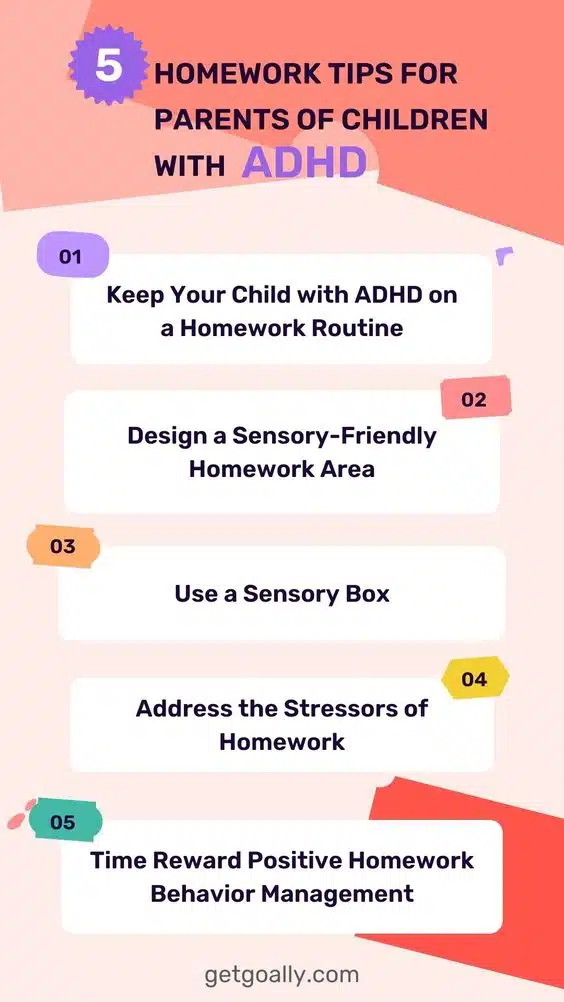Flexible thinking is when we can change our thoughts, plans, and actions to suit new situations. This means we can think creatively, solve problems, and adapt to new challenges. It’s essential for everyone, but especially for kids with ADHD. ADHD stands for Attention Deficit Hyperactivity Disorder. It’s a condition where a person has trouble paying attention, sitting still, and controlling their behavior. This can make it hard for them in school and other activities. Having flexible thinking skills can help kids with ADHD by giving them tools to deal with their symptoms. For example, if they have trouble paying attention in class, they can learn to take breaks, use a fidget toy, or find other ways to focus. If they struggle with finishing tasks, they can learn to break them down into smaller parts or ask for help. By practicing flexible thinking, kids with ADHD can become more confident and successful in their daily lives. They can learn to solve problems and find new solutions, even when things are challenging.










